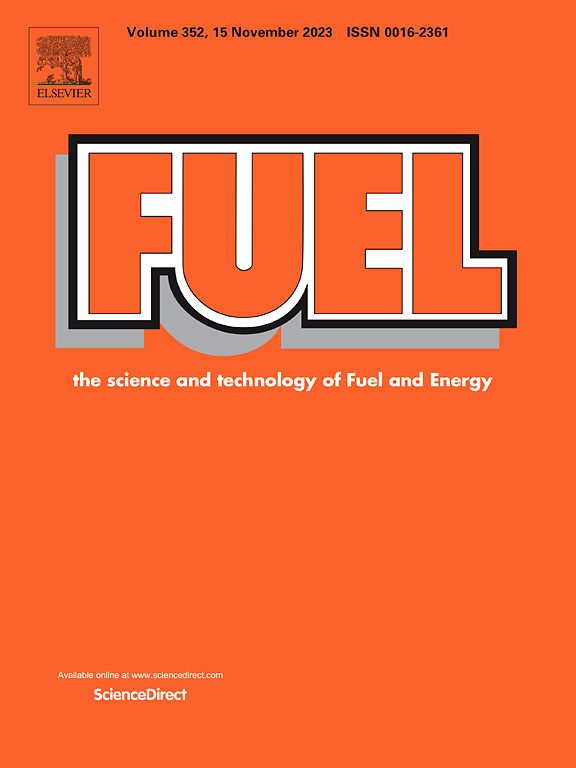Electrochemically engineered fabricated NiOOH/NiO nanospheres with oxygen vacancies for enhanced oxygen evolution reaction
IF 7.5
1区 工程技术
Q2 ENERGY & FUELS
引用次数: 0
Abstract
The demand for cost-effective and green hydrogen (H2) has driven the development of high-performance, low-cost oxygen evolution reaction (OER) electrocatalysts. Herein, we combine electrodeposition and in-situ electrochemical oxidation to fabricate a novel and low-cost NiOOH/NiO composite structure supported on nickel foam (denoted as NiOOH/NiO(Ov)/NF), featuring a nanosphere structure with oxygen vacancies. The optimized catalyst exhibits an exceptionally low overpotential of 220/290 mV at 20/100 mA cm−2 without iR correction and is remarkably stable for at least 120 h at 100 mA cm−2 in 1 M KOH. Density functional theory (DFT) calculations reveal that oxygen vacancies in NiO narrow the bandgap, enhance conductivity, reduce intermediate adsorption energy, and accelerate charge transfer through spin polarization, thereby improving OER intrinsic activity. The synergistic coupling of oxygen-deficient NiO with highly active NiOOH species significantly enhances OER performance, while the superhydrophilic/aerophobic surface facilitates rapid bubble detachment and electrolyte contact. This work provides a cost-effective alternative to noble-metal catalysts, demonstrating promising potential for scalable green hydrogen production via water splitting.

电化学制备了具有氧空位的NiOOH/NiO纳米球,以增强析氧反应
对高性价比和绿色氢的需求推动了高性能、低成本析氧反应(OER)电催化剂的发展。本文将电沉积和原位电化学氧化相结合,制备了一种新型的低成本的NiOOH/NiO复合材料结构(记为NiOOH/NiO(Ov)/NF),该结构具有纳米球结构和氧空位。优化后的催化剂在20/100 mA cm - 2条件下具有极低的过电位220/290 mV,且在1 M KOH条件下在100 mA cm - 2条件下至少稳定120 h。密度泛函理论(DFT)计算表明,NiO中的氧空位缩小了带隙,增强了电导率,降低了中间吸附能,并通过自旋极化加速了电荷转移,从而提高了OER本征活性。缺乏氧的NiO与高活性NiOOH的协同耦合显著提高了OER性能,而超亲水/疏气表面有助于快速脱离气泡和电解质接触。这项工作提供了一种具有成本效益的贵金属催化剂替代品,展示了通过水分解大规模绿色制氢的潜力。
本文章由计算机程序翻译,如有差异,请以英文原文为准。
求助全文
约1分钟内获得全文
求助全文
来源期刊

Fuel
工程技术-工程:化工
CiteScore
12.80
自引率
20.30%
发文量
3506
审稿时长
64 days
期刊介绍:
The exploration of energy sources remains a critical matter of study. For the past nine decades, fuel has consistently held the forefront in primary research efforts within the field of energy science. This area of investigation encompasses a wide range of subjects, with a particular emphasis on emerging concerns like environmental factors and pollution.
 求助内容:
求助内容: 应助结果提醒方式:
应助结果提醒方式:


